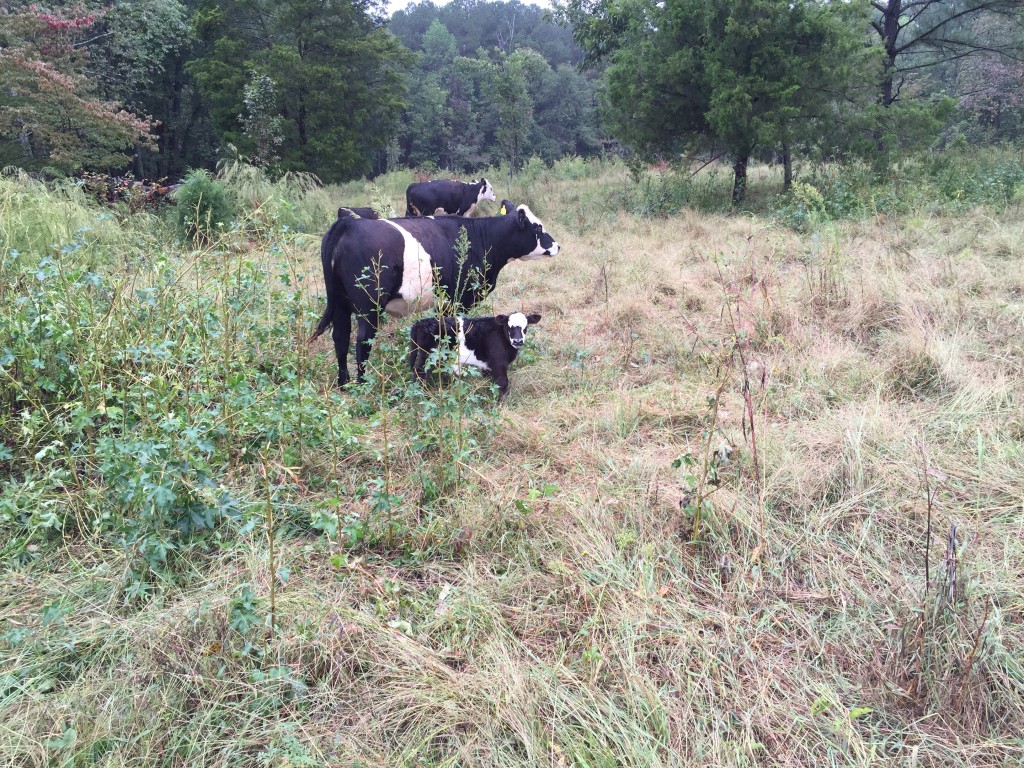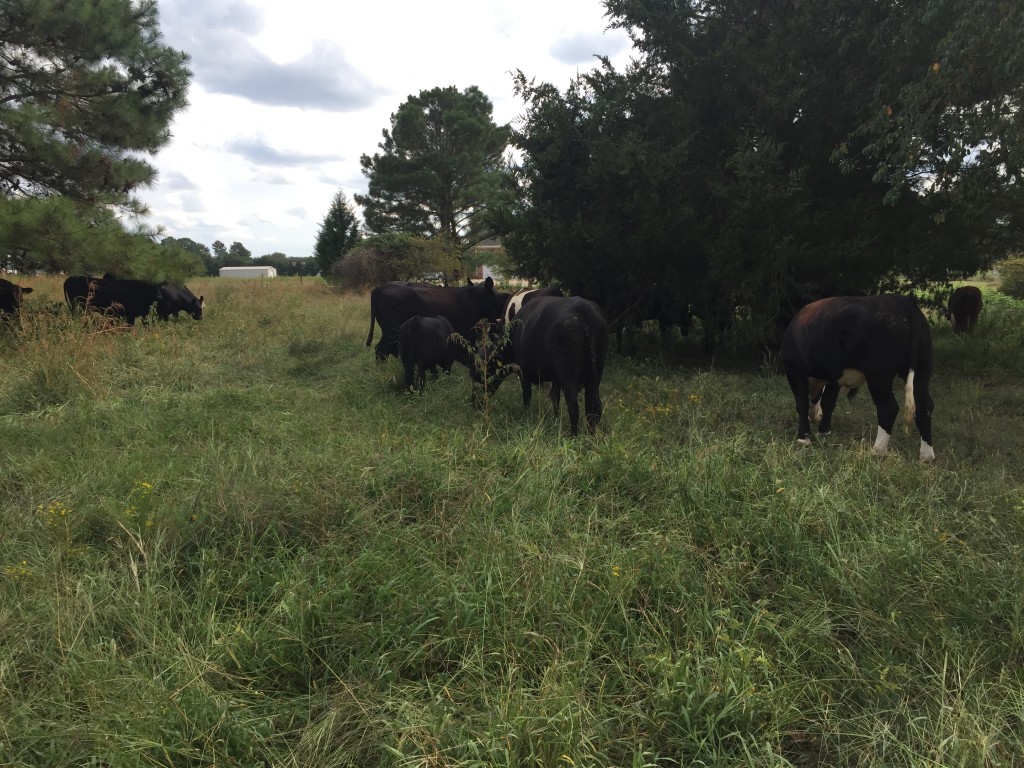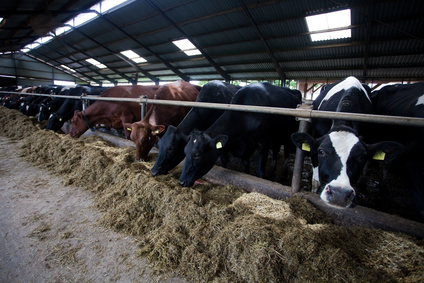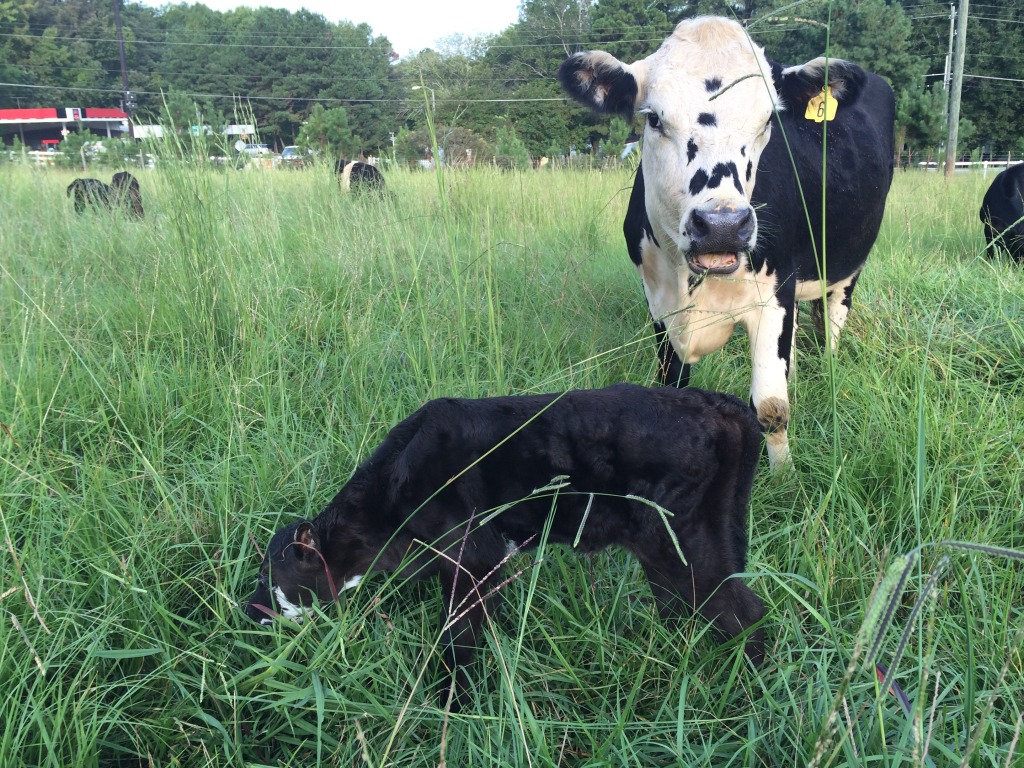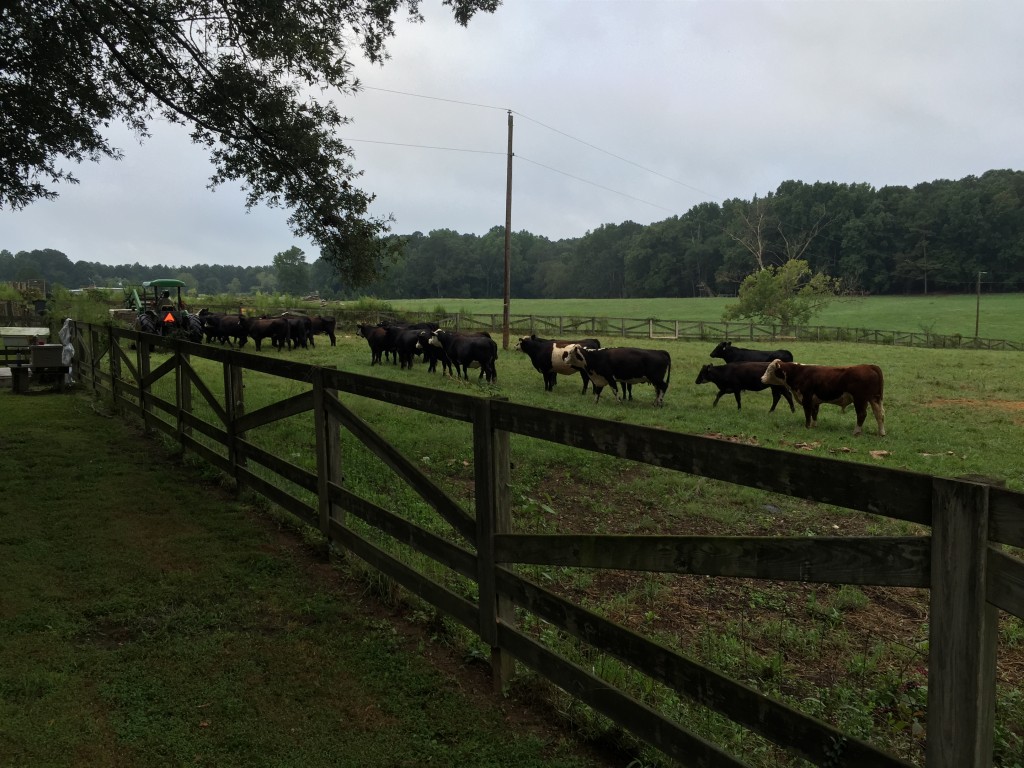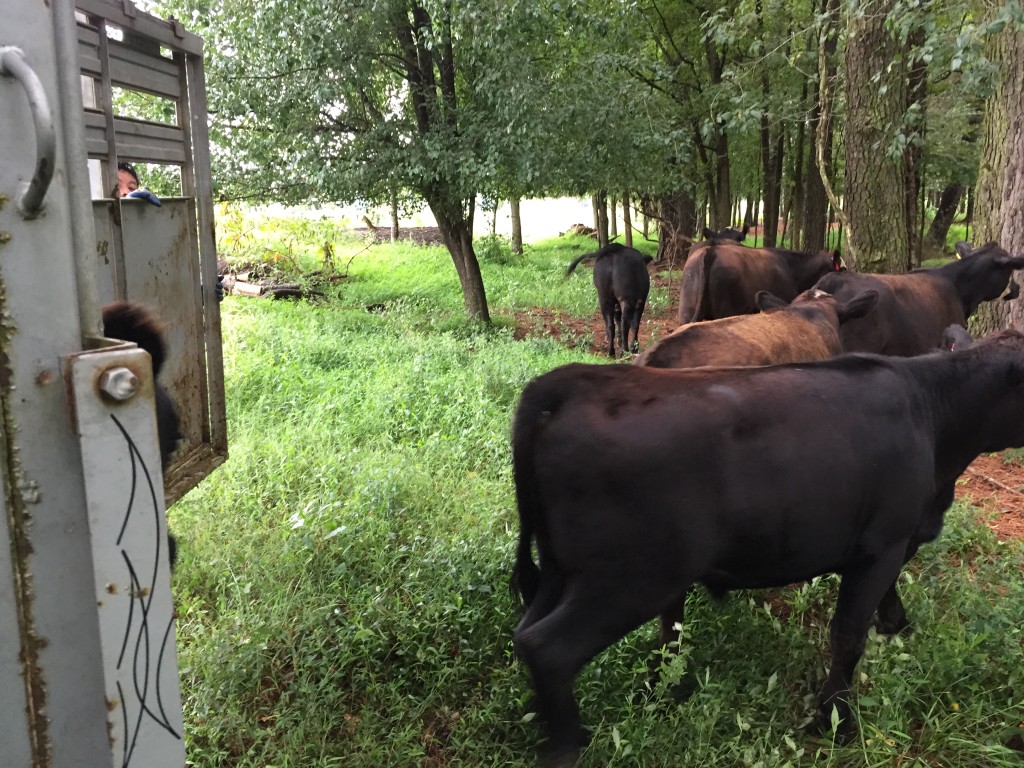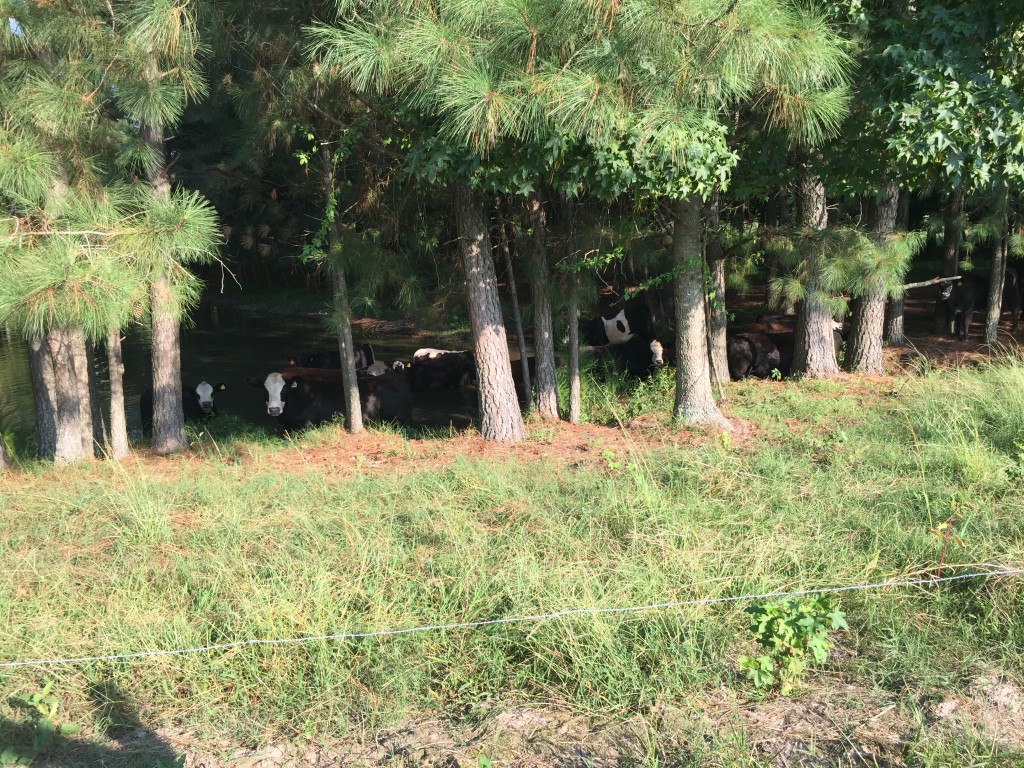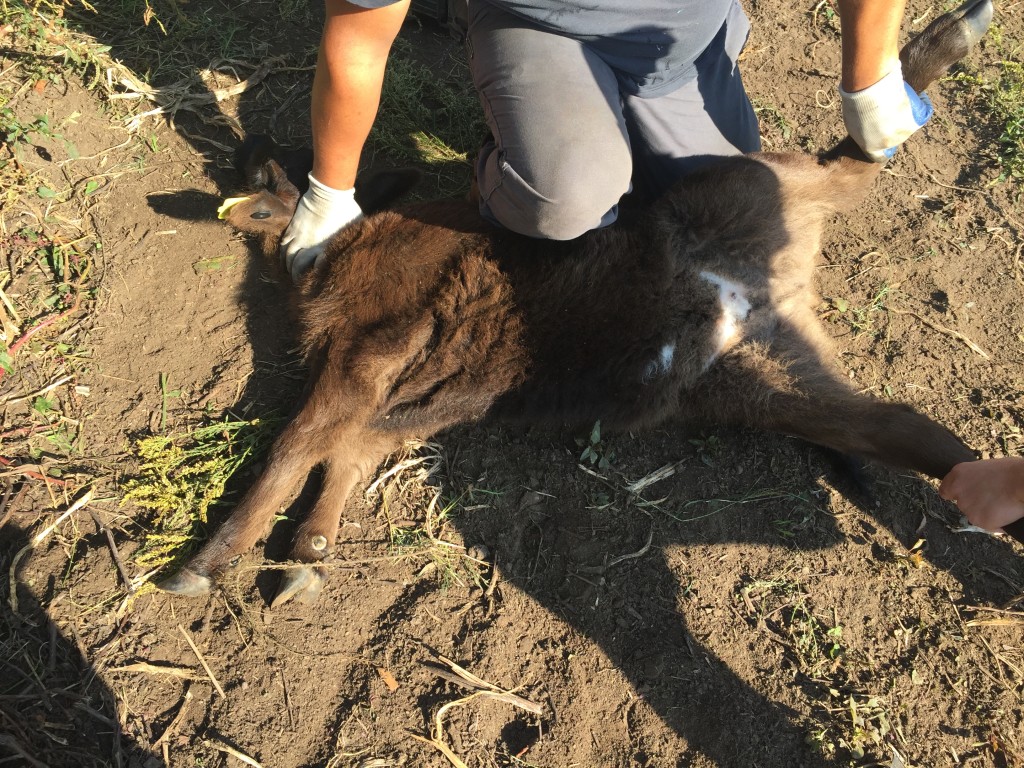
While all the big cows were worked in the head gate, the little calves just born at our leased farm were mainly processed on the ground in the corral. It’s easier that way as there is more room to work and they are just little dinky calves so we can just catch them and put them on the ground. I’m used to just grabbing a calf and tossing it on the ground like it’s nothing. Once we tagged them, we walked them through the head gate to be weighed. I was surprised to see these calves go across the scales at over 100 pounds. No wonder people struggle doing it their first time. I guess years of wrestling Spork has paid off, or maybe it’s the other way around.


#60 was a bull calf so he had to be castrated as well. Normally we band calves the day they are born but since he was a few weeks old we had to manually castrate. Luckily I’d had lots of experience doing this with the vet because that’s the way we did it when I was growing up. I still prefer banding on day one but he was none the worse for wear.
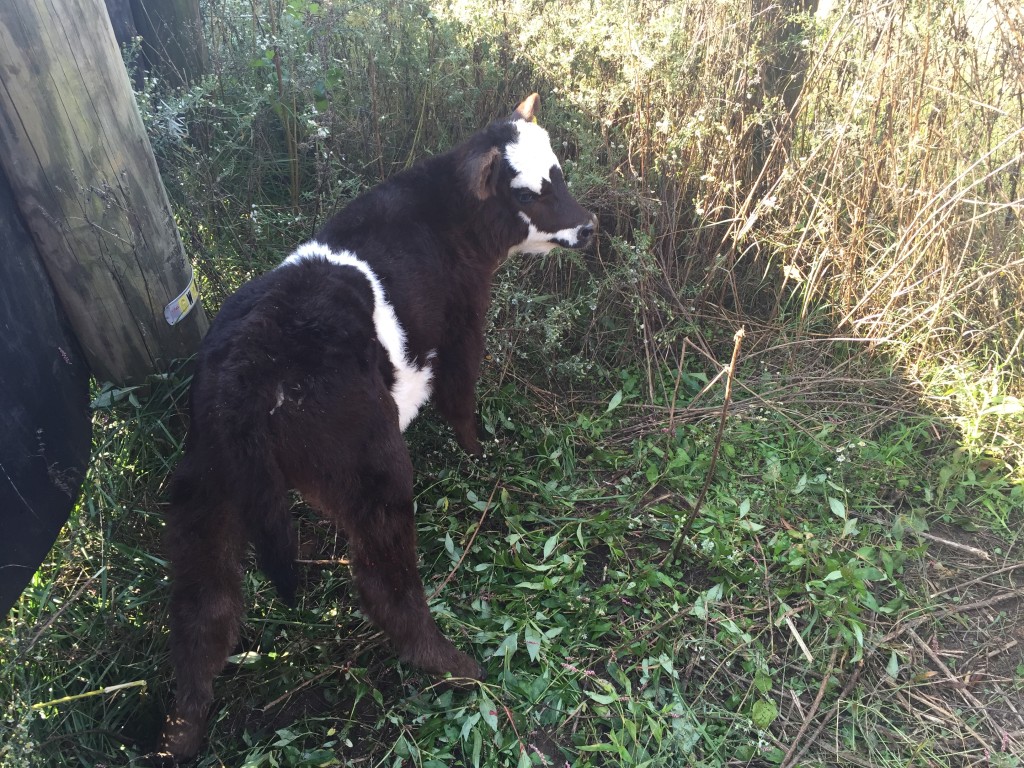
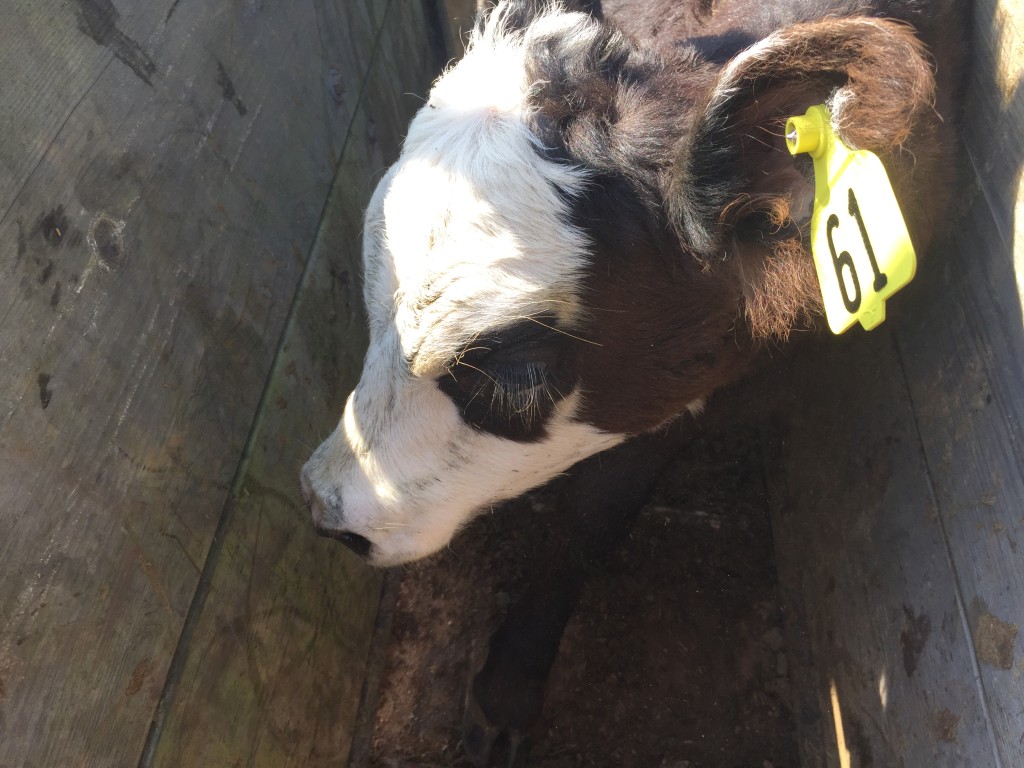
#61 had a problem coming back to the farm. The cut gate in the trailer didn’t hold as it was supposed to and this little guy got caught under the gate. It was choking him and he was in real trouble. Luckily the ride back to our farm is only a few minutes and we were able to get him out quickly. He seems to be favoring his neck (where he was trapped) but otherwise is acting normally, nursing and running around. We elected not to castrate him on Saturday because he’d already been through enough. I checked him Sunday and all was good with him still. We’ll get him back this coming week if he’s doing ok. It was really scary having him in trouble like that. We are all really pulling for him.
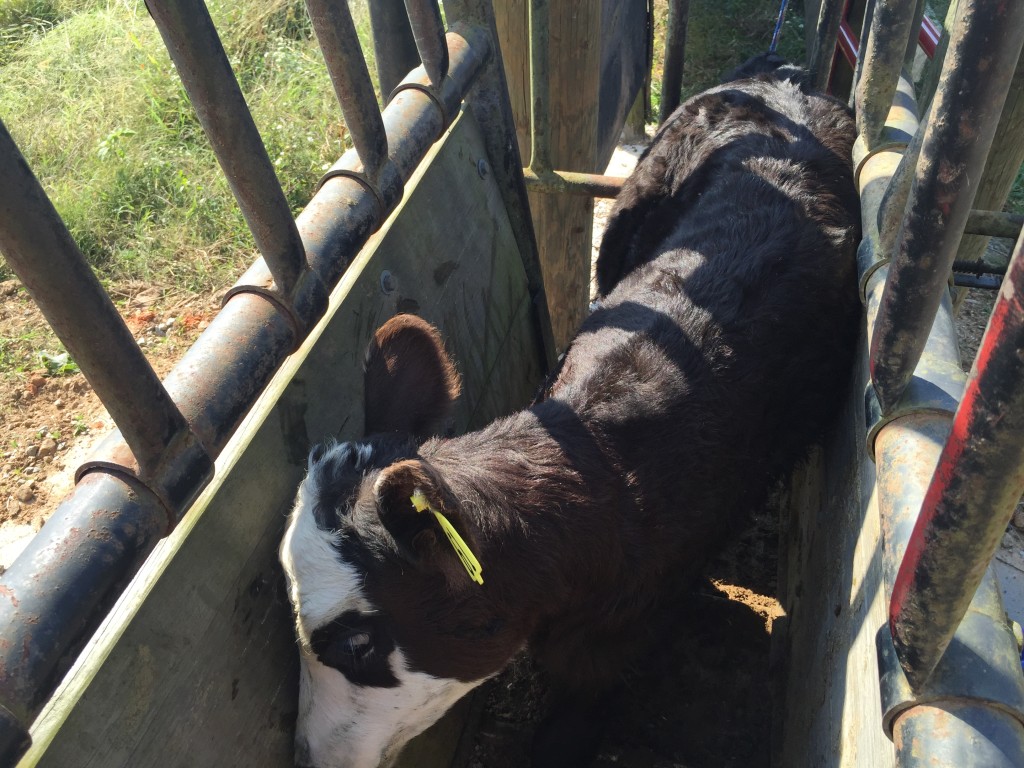
And with that everyone was home, weighed, tagged, castrated, and back out on pasture. The little calves immediately went out into the high grass and disappeared, causing momma and farmers both to worry. I rode the pastures the next couple of days flushing calves and running them back to mom so everyone knew they were ok. Now things have settled down and everyone is doing well. The next post will be our detailed records of the cows.
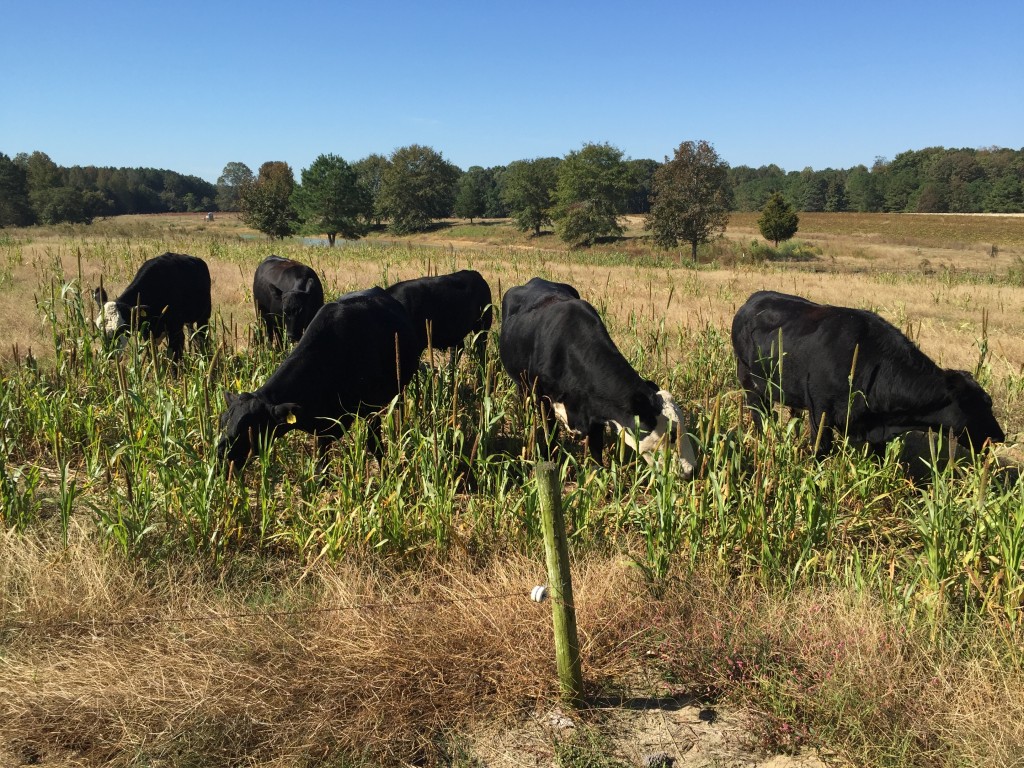
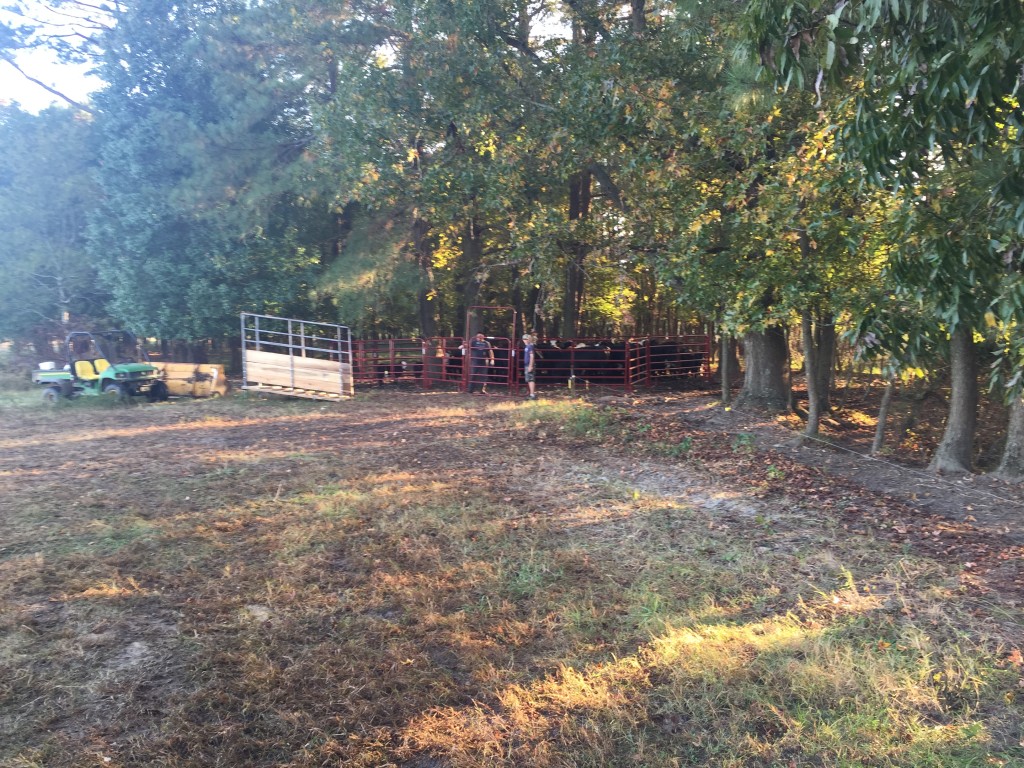

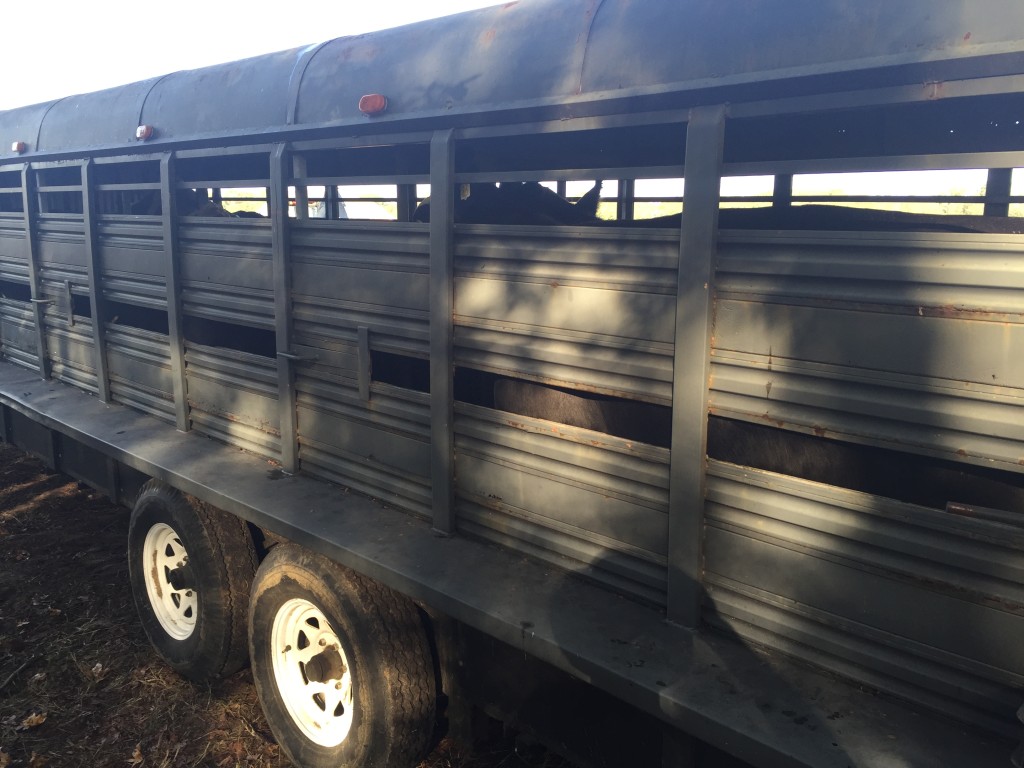
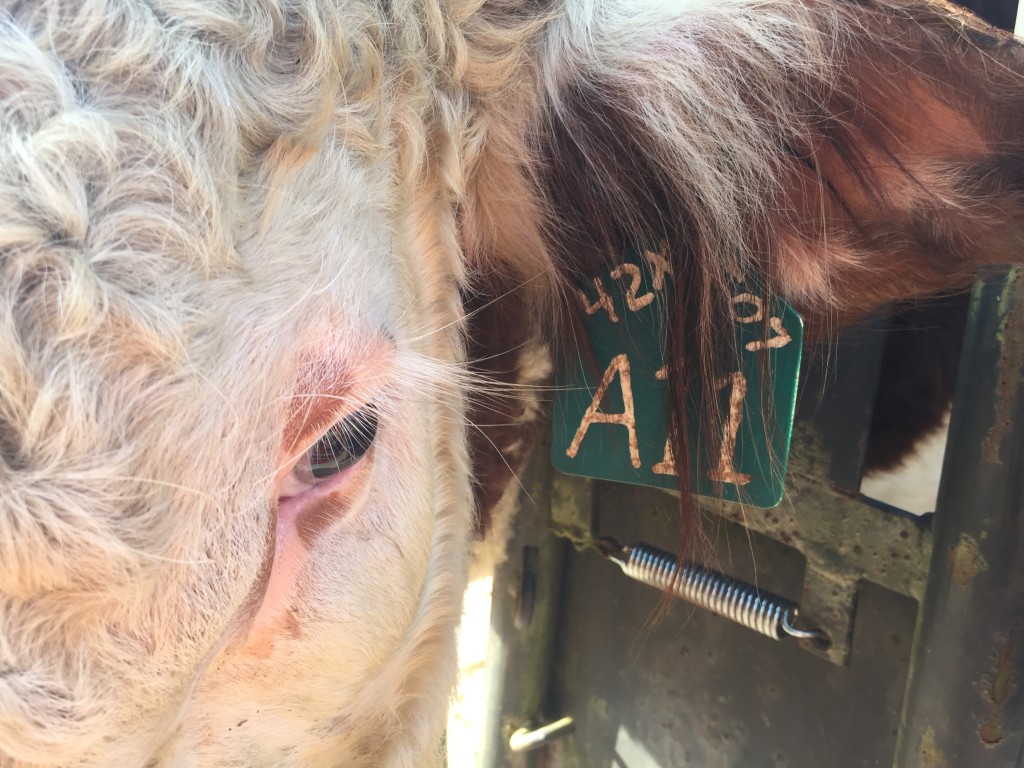
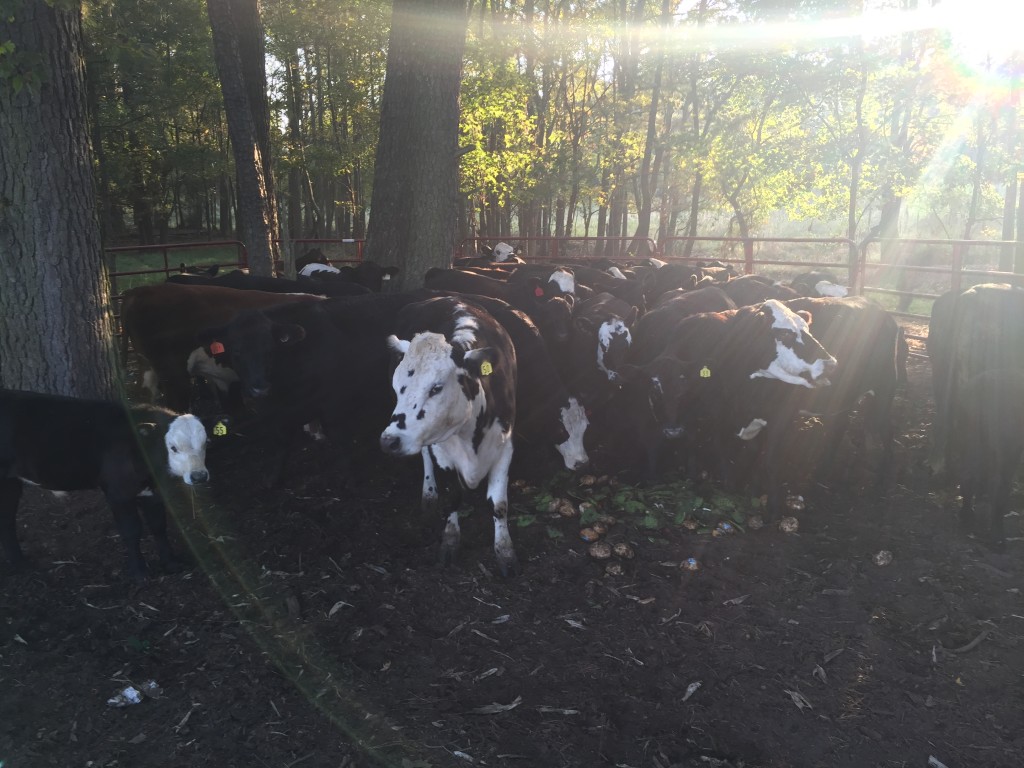
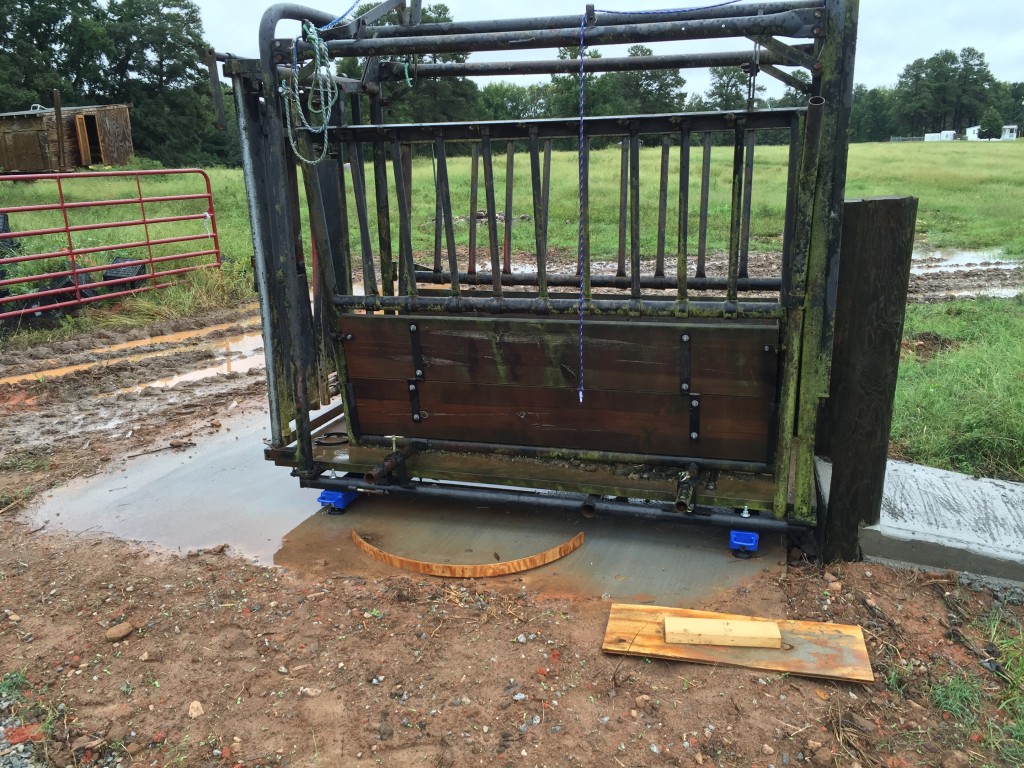
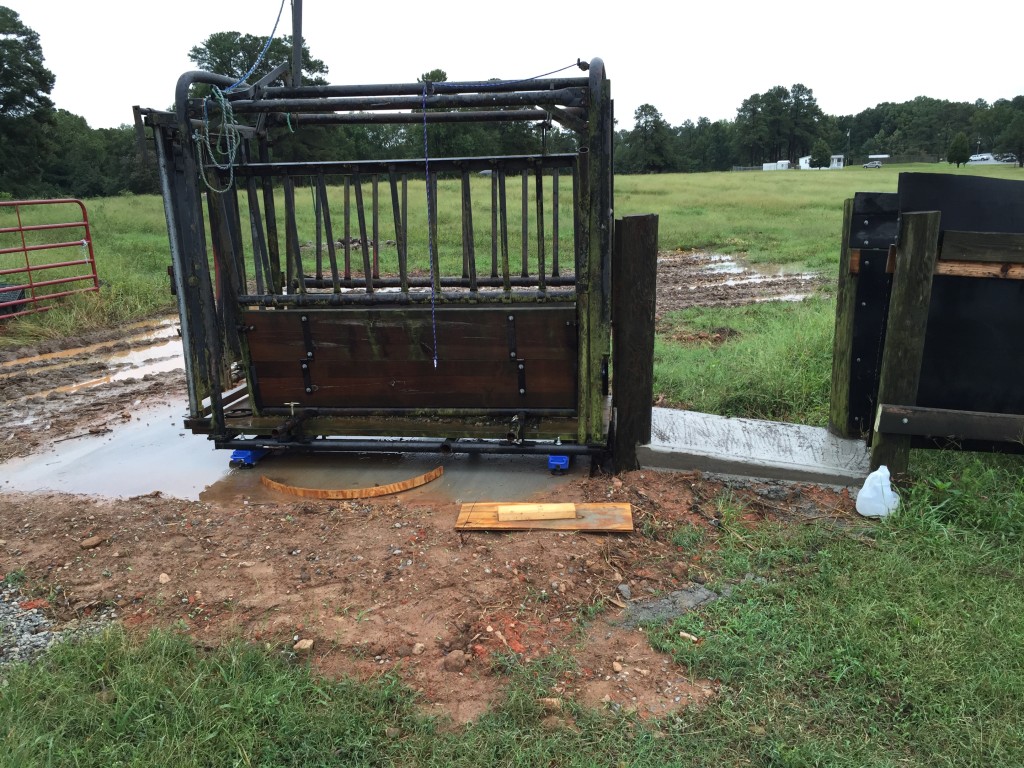
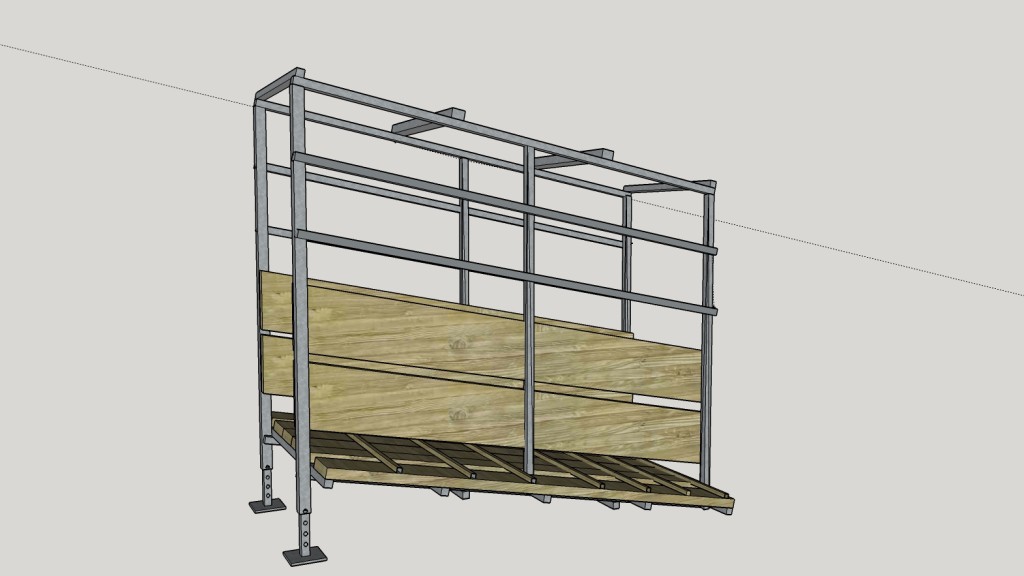
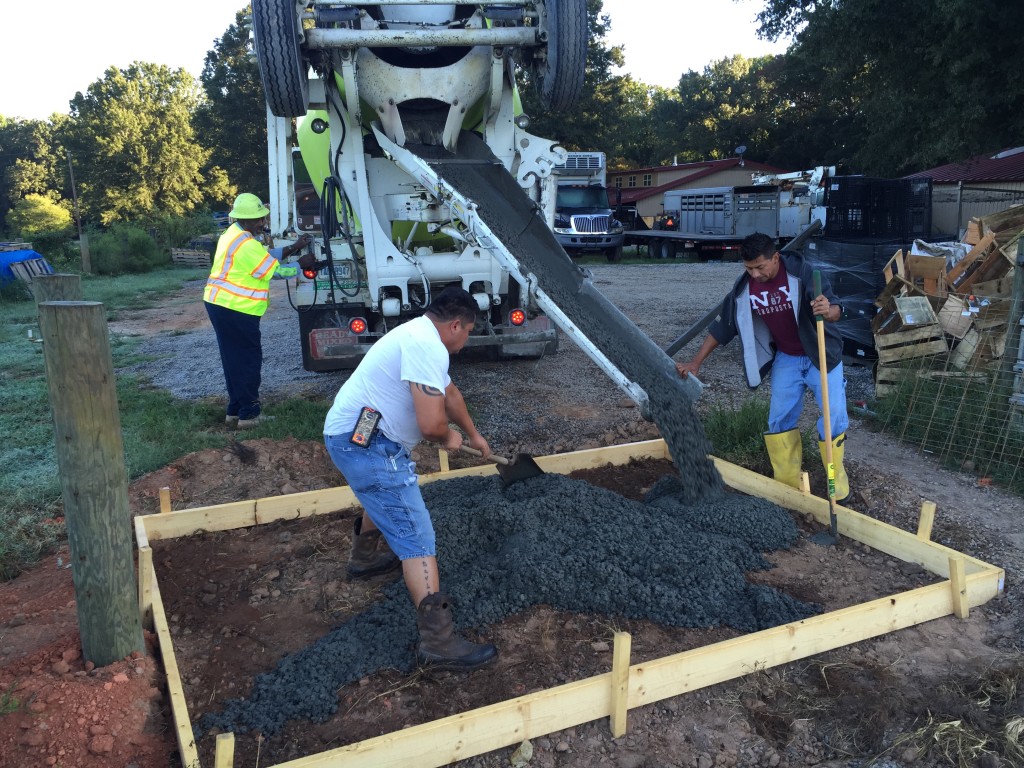
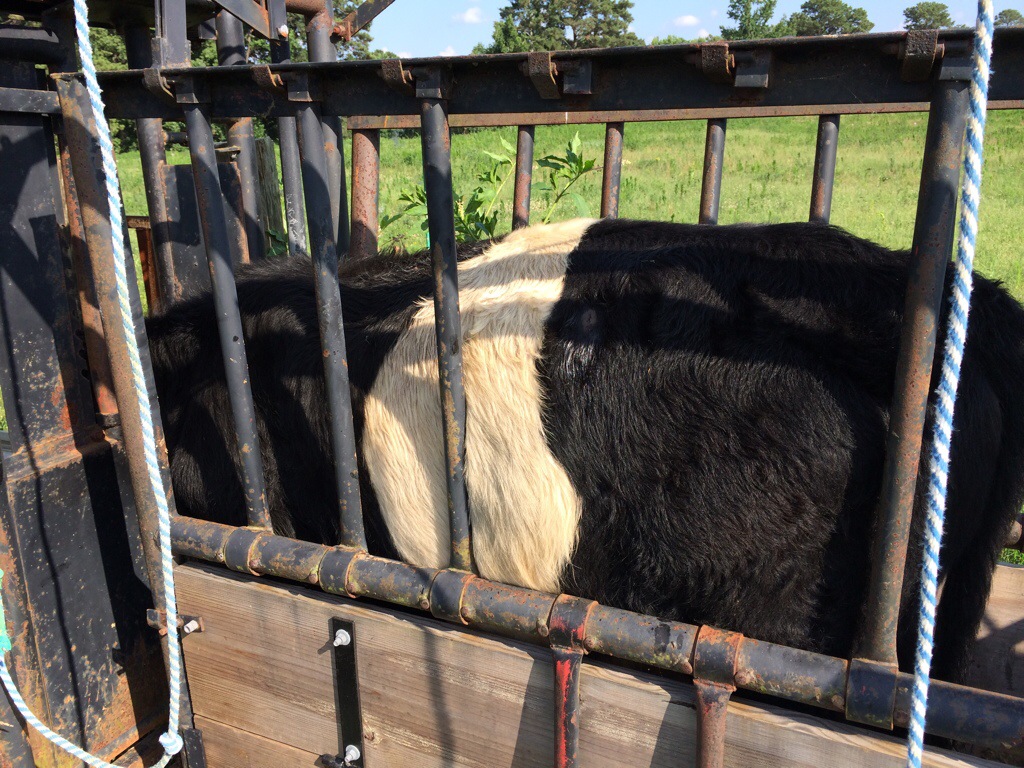

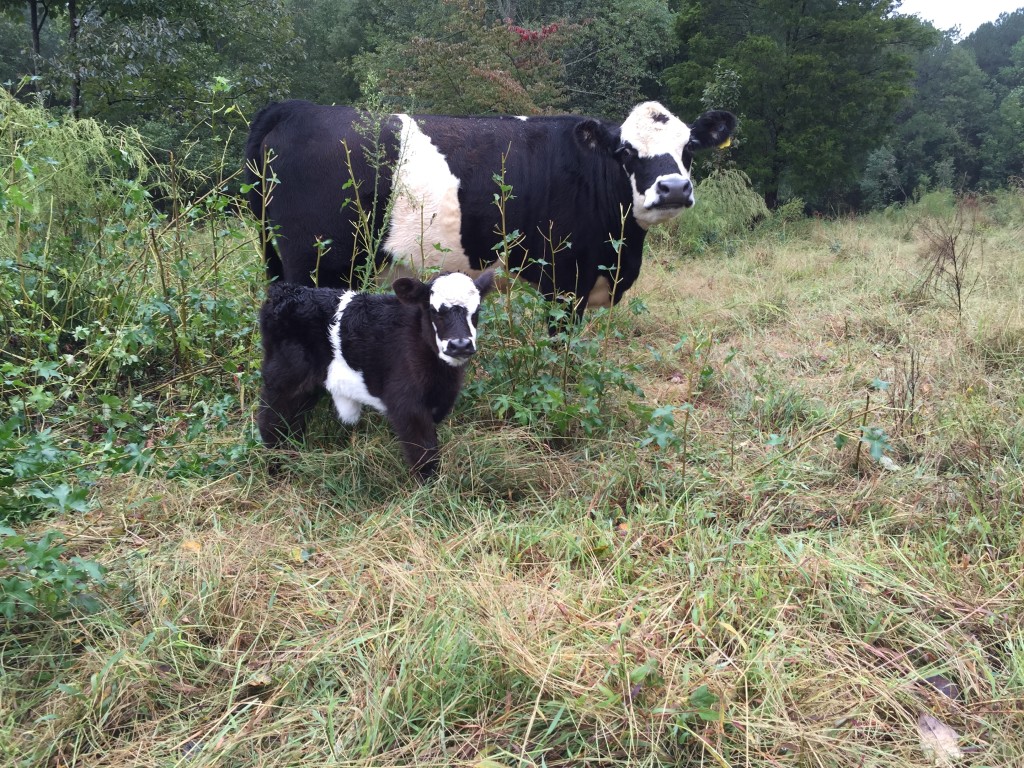
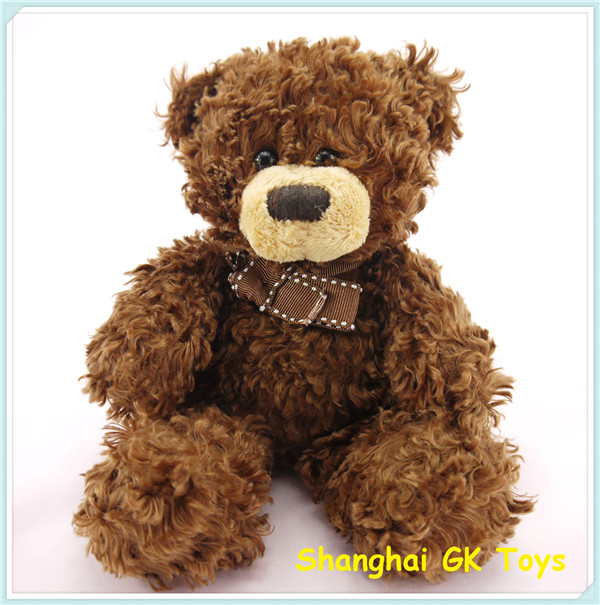 Yeah, he’s that cute. Do you see why the girls wanted these cows now?
Yeah, he’s that cute. Do you see why the girls wanted these cows now?